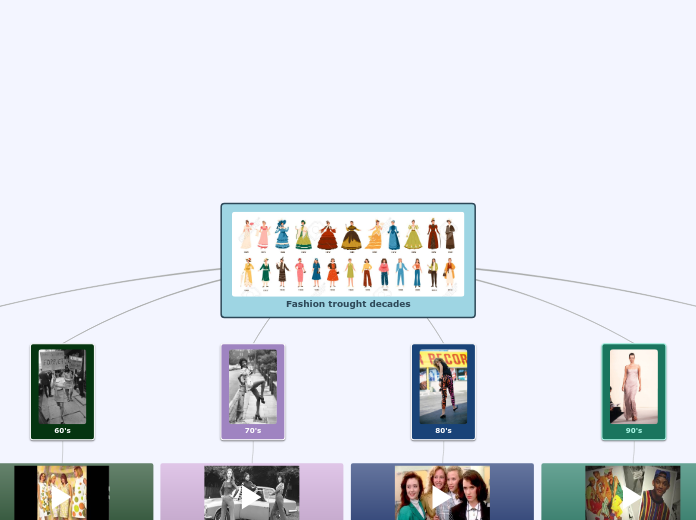fundamentals of psychoanalytic psychopathology.
To name your story, you have to think about the overall message and what you want your audience to understand from the story. Also, make it relevant and easy to remember.
PSYCHOANALYSIS, CRIMINOLOGY AND MEDICO-LEGAL PSYCHIATRY
Modalities of passage to the act:
-Crimes of the superego: guilt.
-Crimes of the ID:The suffering is caused by an object that must be suppressed.
-crimes of the ego: determined by the mechanisms of ignorance of the ego and by a certain number of social justifications.
Within the fields of justice, criminal law and psychoanalysis have had notorious differences such as the nature of man and the way of calculating penalties, but there are certain currents that converge these two practices:
1- Axiology: to make psychoanalysis an auxiliary in the expertise.
2- Infantile orientation.
3- Confrontation of the criminal with the victim.
PSYCHOANALYSIS AND PSYCHOTHERAPY.
The ending of a story is essential. We all know that if the ending is weak, what happened before loses its importance. So make it unpredictable, but fair. A resolved ending answers all the questions and ties up any loose threads from the plot.
Contributions of psychoanalysis to psychotherapy:
1-Theoretical elaborations based on the most recent scientific knowledge.
2- The concept of repetition as materially articulated to the concept of signifier.
3 - The concept of transference understood as the insistence of a problematic proper to the subject that implies his right to exist.
4-The concept of the unconscious formed by language.
5-Sexual impulses.
Four major trends in psychotherapy:
1- Religious psychotherapy: credit is given for therapeutic changes to a miraculous process.
2- Bodily psychotherapies: it proposes that the physical treatment has a direct effect on psychic affections.
3- Magnetism, hypnosis and suggestion: postulated that symptoms were determined by obstructions of magnetic flows, nowadays hypnosis is widely used in Russia and the USA.
4- Symptom focalization: sessions focused on making symptoms disappear.
RESEARCH MODELS IN PSYCHOANALYSIS
The middle of the story is where you add layers of complications that will lead to the end. Reveal more about the character's journey. Did their personality go through changes? How did they overcome the challenges? And as you build up the story’s central conflict, make it more personal to that character. Also, from the middle act, you have to lead into the final act.
Psychoanalytic currents:
1- Research must reside in the development of concepts from the difficulties arising in the analyses, but also in scientific debates.
2- Contributions of statistical research on the results of the cures within the framework of psychoanalytic training institutes.
3- It tries to answer the question: What must happen in the analytic process so that a favorable result may appear at the end?
4- Extrinsic verification vs. intrinsic verification.
The types of research most closely associated with psychoanalysis are: research on verbal associations, developmental psychology, attachment studies, neurosciences, psychosomatics and research aimed at evaluating the results of treatments.
DOCTRINAL POSITION OF PSYCHOANALYSIS REGARDING ELEMENTARY PHENOMENA AND STRUCTURE; CONFRONTATION WITH OTHER THEORIES.
In the beginning of the story (or the exposition), you will need to introduce the setting and characters. You might also want to introduce the main conflict. This part of the story is important because it gives the reader necessary background information and maybe even a first insight into a character’s personality.
Each of the psychoses has different fundamental elements depending on the signifiers.
Help in clinical practice as indicators of the possible modes of stabilization towards which we can direct our psychotic patients,taken into account one by one.
Elementary phenomena contain the general structure of psychosis. These may or may not be expressed clinically.










